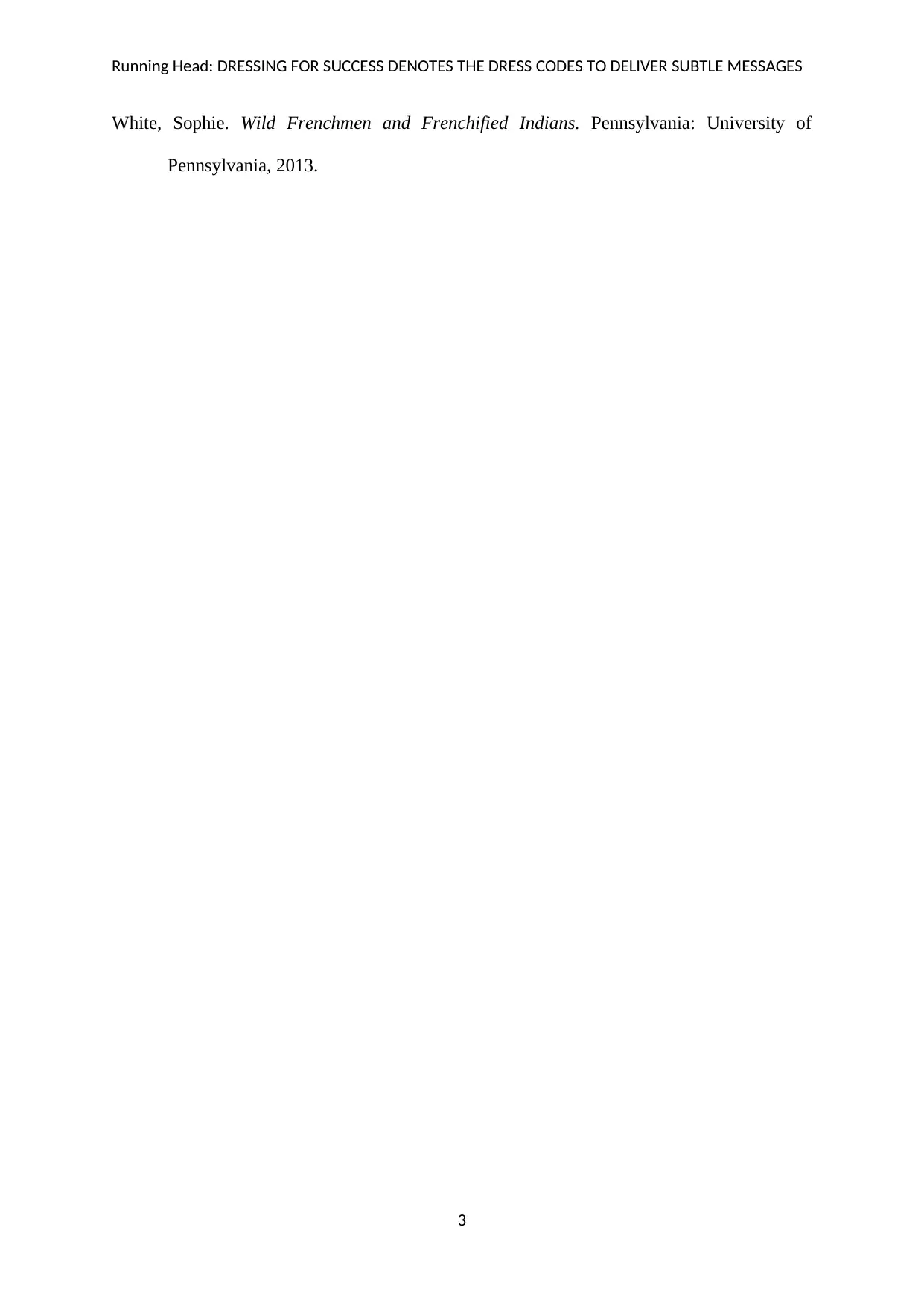Historical Analysis: Dressing for Success and Subtle Social Messages
VerifiedAdded on 2023/06/05
|3
|768
|119
Essay
AI Summary
This essay analyzes Timothy Shannon's article, "Dressing for Success," which explores how clothing serves as an expressive medium, reflecting cultural anthropology, power hierarchies, and personal beliefs. The analysis focuses on the 17th and 18th centuries, examining how fabric, cut, and ornamentations conveyed authority and social position. It discusses the evolution of fashion in relation to power dynamics and highlights the unique fashion landscape of the Mohawk Valley, where diverse populations coexisted and expressed a sense of equality through their clothing choices. The essay concludes that clothing in the Mohawk society served as a true expressive medium, reflecting the society's middle-ground existence and trade relationships.
1 out of 3




![[object Object]](/_next/static/media/star-bottom.7253800d.svg)